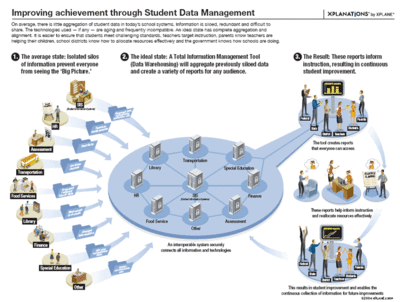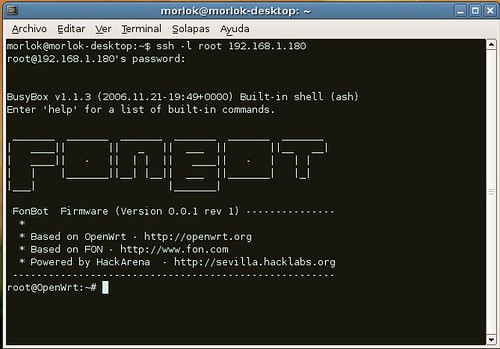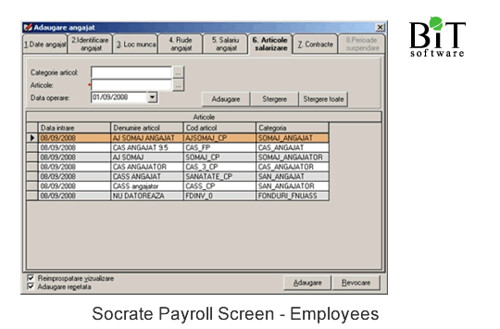Seminar on Distributed Database Systems
A distributed database is a database in which storage devices are not all attached to a common processing unit such as the CPU. It may be stored in multiple computers located in the same physical location, or may be dispersed over a network of interconnected computers. Unlike parallel systems, in which the processors are tightly coupled and constitute a single database system, a distributed database system consists of loosely coupled sites that share no physical components.
Collections of data (e.g. in a database) can be distributed across multiple physical locations. A distributed database can reside on network servers on the Internet, on corporate intranets or extranets, or on other company networks. The replication and distribution of databases improves database performance at end-user worksites.
To ensure that the distributive databases are up to date and current, there are two processes: replication and duplication. Replication involves using specialized software that looks for changes in the distributive database. Once the changes have been identified, the replication process makes all the databases look the same. The replication process can be very complex and time consuming depending on the size and number of the distributive databases. This process can also require a lot of time and computer resources. Duplication on the other hand is not as complicated. It basically identifies one database as a master and then duplicates that database. The duplication process is normally done at a set time after hours. This is to ensure that each distributed location has the same data. In the duplication process, changes to the master database only are allowed. This is to ensure that local data will not be overwritten. Both of the processes can keep the data current in all distributive locations.
Reference

















